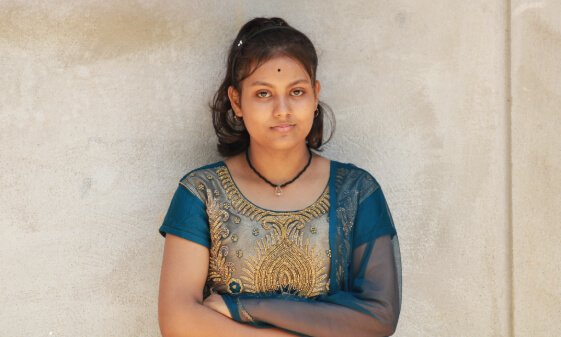Teen Burnt in Odisha, Protest Follows But Offers No Plan for Women’s Safety
Girl Set on Fire in Puri After Abduction, Days After Student’s Self-Immolation
July 20, 2025
Photo for representational purposes only.
On July 19, opposition parties staged protests outside AIIMS Bhubaneswar after a 16-year-old girl, critically injured in a targeted attack in Puri, was admitted for treatment, barely a week after another girl set herself on fire in Bhubaneswar alleging police inaction in a sexual harassment case. While the issue of girls’ and women’s safety in Odisha is urgent and may warrant public protest, these demonstrations offered no proposals or solutions, exposing a political culture where outrage is used to attack the government rather than confront the crisis at hand.
The 16-year-old girl had reportedly gone out with friends in the Nimapada block of Puri district when she was abducted by unidentified individuals and taken to a riverside area, Hindustan Times reported. According to her cousin, she was then set on fire by the attackers. Severely burnt, she managed to reach a nearby house from where she was rushed to a hospital.
Following her admission, protests erupted outside the hospital involving workers from the opposition Congress party and the Biju Janata Dal (BJD), the state’s former ruling party. According to police, the demonstrations disrupted hospital functioning, affected other patients and blocked access to the ward.
Protest, especially in response to crimes against women, is a legitimate form of political expression, and the government must be condemned for its failure to respond effectively. Such protest has historically played a role in pressing governments to act and in making invisible suffering visible. But when protest becomes a substitute for proposing policy or is reduced to symbolic confrontation, it falls short of the responsibilities of a democratic opposition. The absence of demands, proposals or legislative push shows that the event outside AIIMS served more as political spectacle than as a response designed to improve conditions for women in the state.
In parliamentary democracies, the opposition’s role is not confined to criticism. Its credibility comes from functioning as a government-in-waiting – offering a competing vision, engaging the public on long-term reform and putting pressure on the ruling party to take corrective action. Merely amplifying anger without converting it into ideas weakens the role of the opposition and misuses public trust.
Political theorist Giovanni Sartori described the importance of a concept he called “loyal opposition.” This refers to an opposition that challenges the government firmly while staying within the constitutional framework, using legal and institutional mechanisms to hold power to account. Its role is not to obstruct governance for its own sake, but to protect public interest while resisting poor policy or abuse of authority. A protest that interferes with emergency medical care, especially in a ward treating a critically injured minor, breaks with that principle. It turns attention away from meaningful action and reduces politics to spectacle, treating visibility as if it were the same as responsibility.
The real question is whether a protest reflects a power struggle by opposition parties or a genuine effort to protect public wellbeing. People have no reason to support protests that exploit a public crisis for political gain. At the same time, this does not absolve the ruling party. The underlying issues are not confined to the rivalry between government and opposition.
The political scientist Samuel Huntington warned against “politics without institutionalisation.” He argued that when political actors focus on mobilising public sentiment but fail to build lasting institutions or policy frameworks, democratic systems grow unstable. In such environments, parties respond to public crises with visibility campaigns, media appearances and protests, rather than with structured efforts to solve the problem. The absence of any clear proposal or policy direction from the opposition in Odisha fits this pattern.
It is also worth asking why the focus was placed on standing outside a hospital instead of calling for better policing, stronger protection mechanisms or even fast-tracked legal redress in sexual violence cases. A party serious about women’s safety would use this moment to push for institutional reform and frame the state’s failure in concrete terms – through legislation, structured public engagement or even detailed policy critique.
Citizens must demand accountability from the government, but they must also evaluate how the opposition performs its role. Is it offering solutions? Is it turning public anger into meaningful action? Is it handling people’s emotion with care, or exploiting it for electoral gain? These questions reflect the kind of politics the country is being made to accept. Political competition is necessary, but when it functions without responsibility, it drives people further away from the democratic process.
You have just read a News Briefing by Newsreel Asia, written to cut through the noise and present a single story for the day that matters to you. Certain briefings, based on media reports, seek to keep readers informed about events across India, others offer a perspective rooted in humanitarian concerns and some provide our own exclusive reporting. We encourage you to read the News Briefing each day. Our objective is to help you become not just an informed citizen, but an engaged and responsible one.

